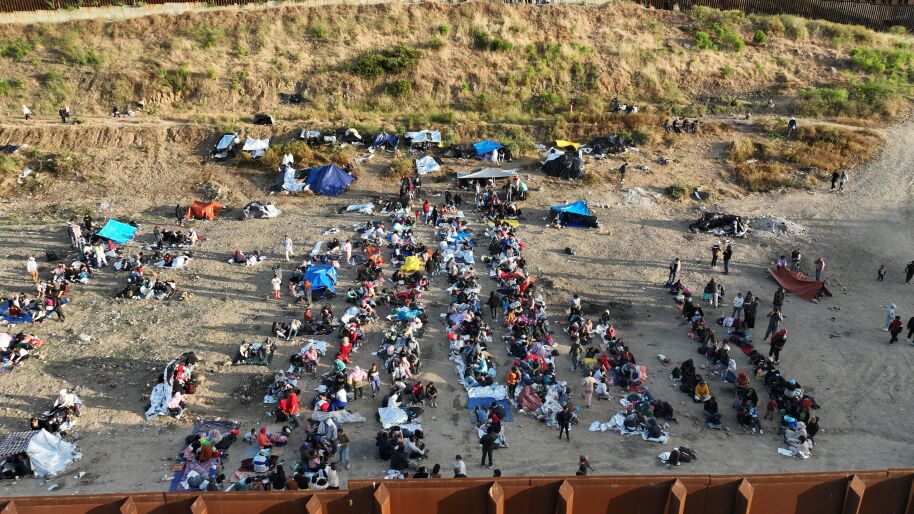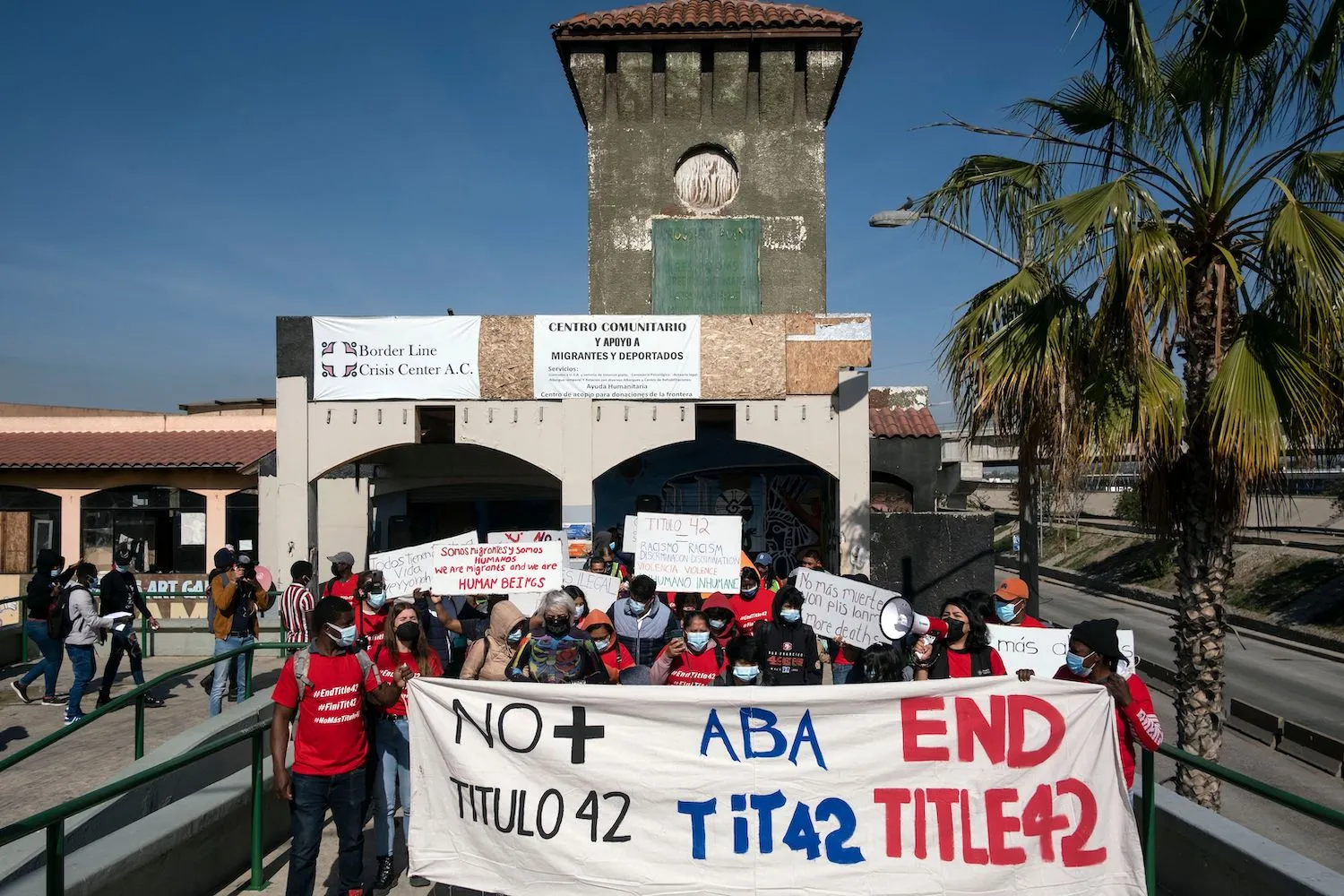The United States’ immigration policies have often been a subject of scrutiny and debate. One such policy that has stirred significant controversy is Title 42 Immigration. This policy, invoked during the COVID-19 pandemic, has raised questions about its humanitarian implications, legal basis, and overall impact on both immigrants and public health. In this article, we will delve into the complexities of Title 42 Immigration, its origins, enforcement, and the effects it has on migrants seeking refuge in the United States.

Understanding Title 42 Immigration
Title 42 refers to a section of the United States Code that grants the government the authority to take specific actions during a public health emergency. In the context of immigration, Title 42 has been utilized to authorize the swift expulsion of migrants at the border, ostensibly to prevent the potential spread of infectious diseases. This policy was introduced in March 2020 in response to the COVID-19 pandemic and has been extended multiple times.
Origins and Legal Basis
Title 42 Immigration draws its authority from the Public Health Service Act. Under this act, the Centers for Disease Control and Prevention (CDC) can implement measures to prevent the introduction, transmission, and spread of communicable diseases from foreign countries into the United States. The Trump administration implemented Title 42 as a means to swiftly deport individuals who were encountered at the border, justifying it as a necessary measure to protect public health.
Controversy and Criticism
While Title 42 Immigration aims to address public health concerns, it has been met with criticism from various quarters. Advocacy groups argue that the policy provides a cover for the rapid expulsion of asylum seekers and undermines their right to seek protection under international and U.S. laws. Critics also point out that the policy lacks transparency and oversight, potentially leading to the violation of migrants’ rights.

Humanitarian Impact
One of the significant concerns surrounding Title 42 Immigration is its impact on vulnerable populations, including families and unaccompanied minors. Advocates argue that the policy places these individuals in unsafe and often unsanitary conditions on the other side of the border. In some cases, migrants are expelled to areas with high levels of violence and instability, putting their lives at risk.
Effects on the Immigration System
Title 42 Immigration has strained the U.S. immigration system and has led to overcrowding in detention facilities on both sides of the border. Additionally, the policy has limited the ability of migrants to apply for asylum, as it allows for swift expulsion without a formal asylum process. This has led to a backlog of asylum cases and has further complicated an already complex immigration system.
Changes Under the Biden Administration
The Biden administration has made efforts to address the humanitarian concerns associated with Title 42 Immigration. While the policy has not been fully rescinded, certain changes have been implemented to exempt unaccompanied minors and some families from immediate expulsion. However, the policy remains a subject of ongoing legal challenges and debate.
Conclusion
Title 42 Immigration is a contentious policy that intersects public health, immigration, and human rights. While it was introduced with the aim of protecting public health, its implementation has raised questions about its effectiveness, legality, and ethical implications. As the United States continues to grapple with immigration reform and public health challenges, the debate surrounding Title 42 Immigration remains a critical aspect of the larger immigration discourse.
If you want to know about articles, then you can visit my original blog. The Link has been provided below


